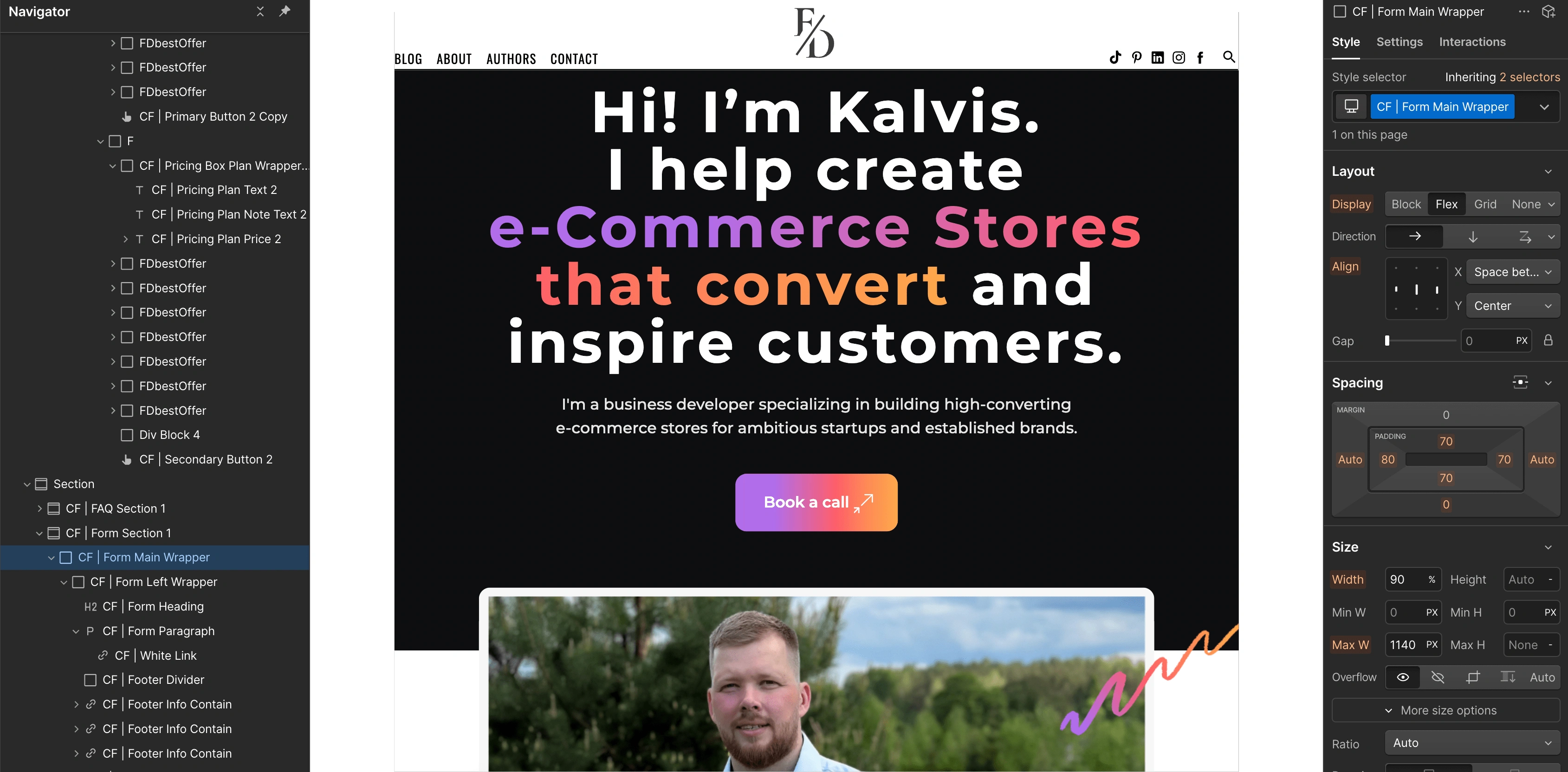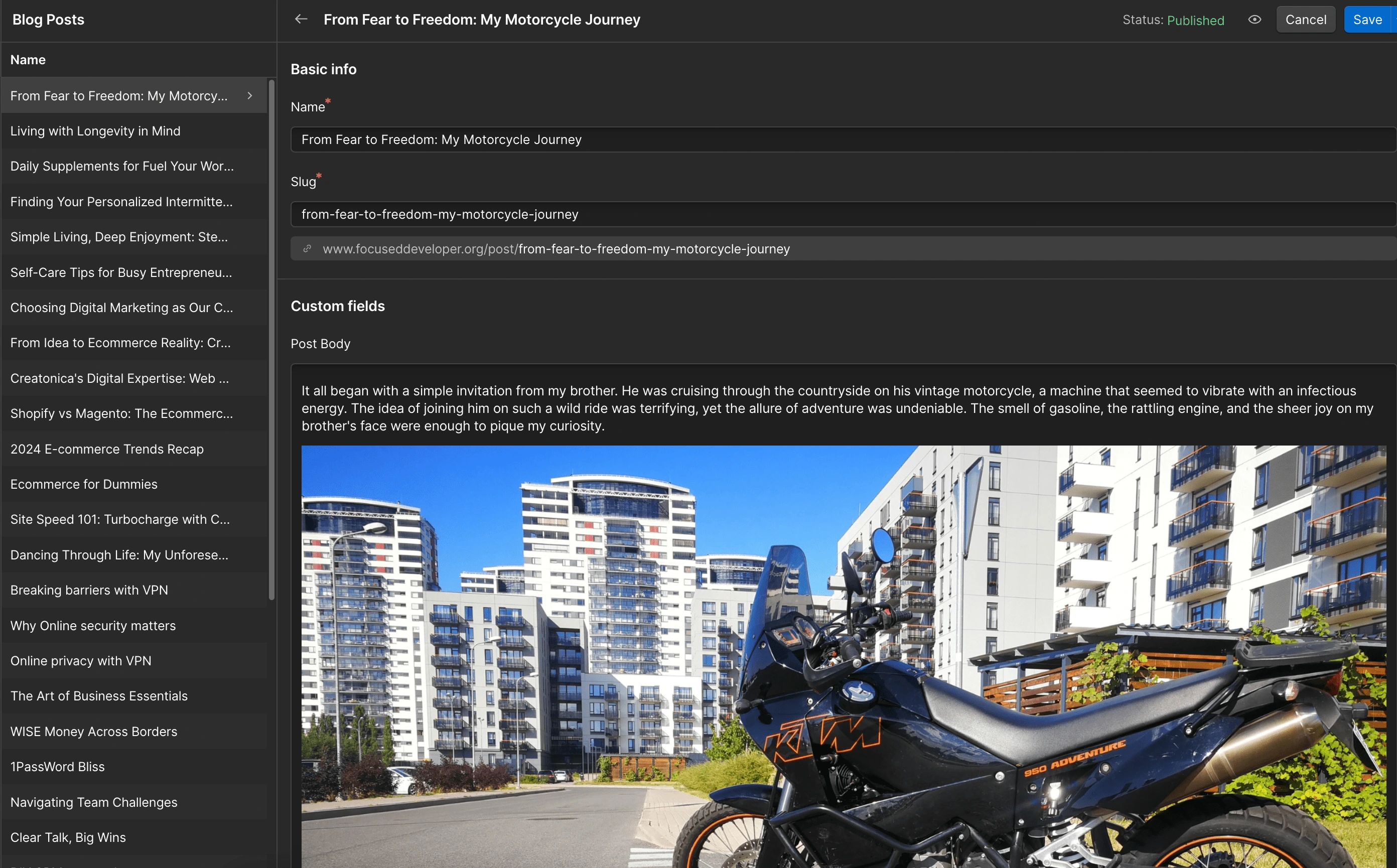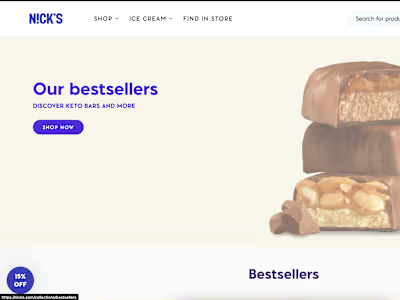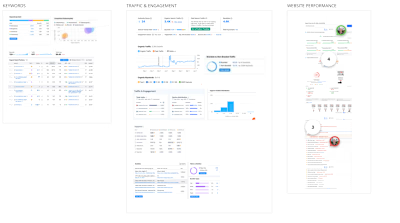Personal Blog
Challenge
Creating a unique and engaging personal blog that accurately reflects my brand and interests.
Finding a template that aligns with my vision and can be easily customized.
Optimizing the blog for SEO to increase visibility and reach.
Solution
Platform Selection: Chose Webflow for its flexibility, ease of use, and powerful design capabilities.
Template Exploration: Experimented with various Webflow templates to identify the best fit for my blog's aesthetic and functionality.
Customization: Tailored the selected template to match my branding, including
color schemes, typography, and layout.
Content Creation: Developed diverse blog categories and articles covering a range of topics. Collaborated with a copywriter to enhance content quality and engagement.
SEO Optimization: Implemented SEO best practices, including keyword research, meta tag optimization, and internal linking, to improve search engine rankings.
Performance Optimization: Utilized Webflow's built-in performance tools to optimize website speed and load times.

Results
Personalized Blog: Successfully created a blog that accurately reflects my brand and interests.
Engaging Content: Developed high-quality blog content that resonates with my target audience.
Improved SEO: Increased organic search traffic and visibility through targeted SEO efforts.
Enhanced User Experience: Optimized website performance for faster load times and a better user experience.

Key Takeaways
Webflow is a powerful tool for creating custom websites, even for those without extensive coding knowledge.
Collaboration with a copywriter can significantly enhance content quality and engagement.
SEO optimization is essential for increasing blog visibility and attracting organic traffic.
Continuous performance optimization is crucial for providing a positive user experience.


Like this project
Posted Sep 5, 2024
This case study details the process of creating a personalized blog using Webflow. The project involved template selection, customization, content creation, SEO








